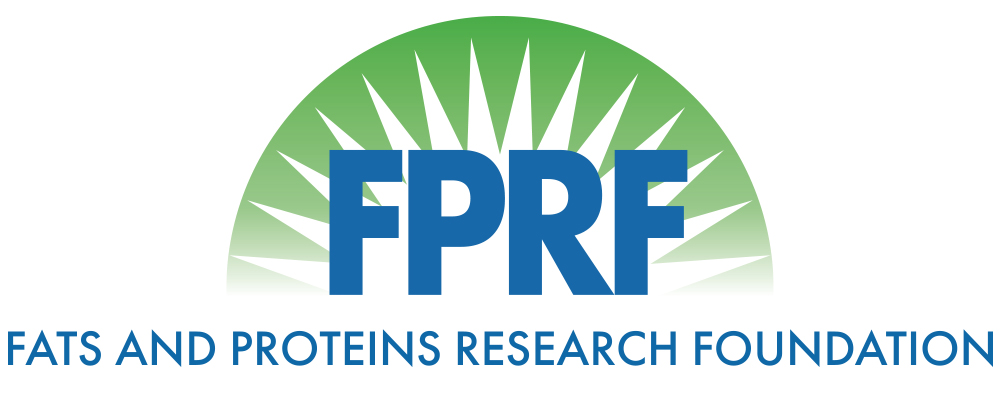Attractability and Palatability of Rendered Animal Proteins to Blue Shrimp, Litopenaeus stylirostris
Title: Attractability and Palatability of Rendered Animal Proteins to Blue Shrimp, Litopenaeus stylirostris
Principle Investigator: George Chamberlain
Year: 2008
Objective: (1) To quantify the levels of commonly recognized factors of attractability and palatability such as soluble protein, small chain peptides, free amino acids, taurine and nucleotides in four terrestrial animal protein ingredients, namely petfood-grade poultry byproduct meal (PBP); feed-grade poultry byproduct meal (PBF); hydrolyzed feather meal (HFM); and spray-dried blood meal (BLM); and four aquatic animal protein ingredients, namely anchovy fishmeal (AFM); fish hydrolysate (FHD); squid liver meal (SQL); and krill meal (KRL).
(2)To assess the attractability and palatability of the above ingredients in the blue shrimp, L. stylirostris; and
(3)To measure performance of shrimp fed diets containing high levels of a selected terrestrial animal protein, in this case, PBP, and each of the aquatic animal protein.
Scientific Abstract: Attractability and palatability of four rendered protein ingredients of terrestrial animal origin, namely Petfood grade poultry byproduct meal, (PBP), Feed grade poultry byproduct meal (PBF), Spray-dried blood meal (BLM) and Hydrolyzed feather meal (HFM), were studied by (1) quantification of biochemical compounds that are known attractants and palatability factors in aquatic animals; and (2) assessing attractability, palatability and growth in shrimp. Four protein ingredients of aquatic animal origin, namely Anchovy fishmeal (AFM), Fish hydrolysate (FHD), Squid liver meal (SQL) and Krill meal (KRL) were also subjected to the same study for comparative purposes, and to identify ingredients that can restore the attractability and palatability factors that are possibly diminished due to the use of rendered protein ingredients in feeds. There were vast differences among the ingredients in the levels of all biochemical markers of attractability and palatability, namely soluble protein, free amino acids, taurine, nucleotides, and small-size peptides. All ingredients of aquatic animal origin had relatively high levels of all analyzed compounds when compared to ingredients of terrestrial animal origin. Among ingredients of terrestrial animal origin, PBP and PBF had higher levels of the analyzed compounds when compared to HFM and BLM.
Two sets of feeds were prepared for assessment of attractability and palatability in the Pacific blue shrimp, Litopenaeus stylirostris. First set was composed of a base of plant-origin ingredients such as soybean meal, wheat flour, wheat gluten and alginate. To the basal composition, terrestrial animal byproducts or aquatic animal ingredients were added at 10% or 3%, respectively. The only exception was AFM which was tested at both 10%, and 3% inclusion levels. Attractability assessment found that 27.1% of the shrimp were attracted to the control feed in 10 minutes while 30, 32.9, 35.7, 41.4, 42.9, 45.7, 47.1, 55.7, and 58.6% of the shrimp were attracted to the feeds containing FHD, AFM (3%), HFM, KRL, AFM (10%), BLM, SQL, PBP, and PBF, respectively. Palatability was assessed by measuring feed consumption in one hour and expressed as mg feed/g shrimp biomass. It was 2.6 for the control feed, and 4.4, 5.7, 6.3, 7.0, 7.6, 7.7, 8.4, and 11.4 for feeds containing AFM (3%), BLM, FHD, PBP, HFM, AFM
(10%), PBF, SQL and KRL, respectively.
The assessments were repeated with a second set of feeds. The control feed in the second set had 21.4% PBP and no fishmeal. To the basal composition 3% of AFM, FHD, SQL, KRL or BLM were added to make treatment feeds. A reference feed containing 23% of AFM and no PBP was also formulated.
Percentage of shrimp attracted to the control feed in 5 minutes was 40% while the percentage of shrimp attracted to the feeds containing AFM, BLM, FHD, KRL or SQL in the same time period was 36.7, 40.0, 48.9, 53.3, and 61.1%, respectively. The reference feed attracted 53.3% of shrimp. Palatability of the control feed was 10.4, while that of feeds containing BLM, SQL, FHD, AFM, or KRL was 10.6, 11.1, 11.3, 11.7, and 13.1, respectively. The palatability of the reference feed was 15.5.
The second set of feeds was evaluated in a 42-day growth trial in triplicate microcosm tanks. L. stylirostris weighing 1.6 g were stocked at 50/m2 and fed continuously for 12 hours using a belt feeder. Survival ranged from 85.3 to 92.67% and did not differ among treatments. FCR ranged from 1.41 to 1.48 and did not differ among treatments. Weekly weight gain of shrimp fed the control feed was 1.8 g/week. Weight gain of shrimp fed diets containing BLM, SQL, FHD, or AFM was 1.54, 1.62, 1.67, or 1.7 g/week, respectively. Weight gain of shrimp fed the reference diet was 2.00 g/week.
The present study establishes that poultry byproduct meals at inclusion rate up to 10% do not adversely impact the attractability and palatability of shrimp feeds, but at inclusion rate exceeding 20%, especially when such inclusion occurring at the expense of fishmeal, there is likely to be a slight negative impact on attractability and palatability as well as growth. To a large extent, the negative impact can be offset by the low level inclusion of a highly effective attractant and palatability enhancer like krill meal. Blood meal, on the other hand, has a negative impact on palatability and growth even at an inclusion level of 3%. Among the various biochemical indicators analyzed, abundance of low molecular weight (< 1000 dalton in size) peptides seemed to indicate ingredients that impart considerable attractability and palatability to shrimp feeds. Publications: Attractability and palatability of protein ingredients of aquatic and terrestrial animal origin, and their practical value for blue shrimp, Litopenaeus stylirostris fed diets formulated with high levels of poultry byproduct meal
